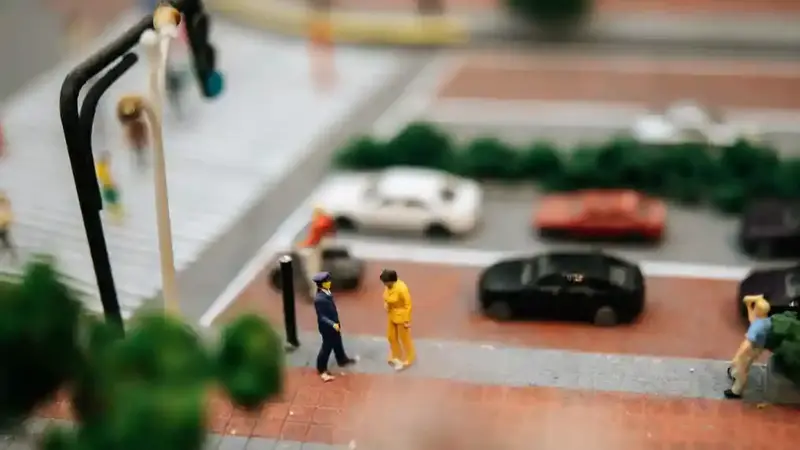Save for the sharply emphasizing alarms of the hurry, the highways in great mobile crowd forms like school parking lots, the waves of chaotic school drop-offs and pick-ups, anxious parents, impatient drivers, and naive little schoolchildren-all drift in every corner of the parking lots. This implies that although most associate the school with the above forms, by locked doors, security cameras, or emergency drills, an often embedded danger remains outside the school’s the dreaded parking lot. Beyond being badly designed, school parking lots are a great contribution to confusion and frustration. They also serve as a potential risk to children’s safety.
Most school parking lots were built long before the current traffic volumes or before such a reliance on personal vehicles was adopted. These parking lots hardly manage the huge inflow of cars, buses, and pedestrians combined during the school opening and closing hours. Without proper signage, designated crosswalks, or dedicated areas where buses and parent vehicles are kept separate, these spaces become a free-for-all, with drivers often far too focused on finding a space or speeding out to give much thought to the safety of children nearby.
One of the glaring design faults is the most glaring separation of the footpath from vehicular movement. Children are small and difficult to see, especially when they move with a speed in a zig-zag course between moving cars. Poor lighting in early morning or late in the afternoon increases the peril. Without clearly marked paths for pedestrian travel or enforced crossing points, students really must navigate a minefield of moving vehicles with hardly a word.
Another confusion comes due to improper traffic flow management. In many school places, cars enter and exit a common point, which gives a huge density on the traveling path and erratic driving behavior. Some lots do not even show designated drop-off lanes that force parents to double park or let kids out at a temporary traffic light. Those split seconds can mean life or death, particularly when a child jumps out in the path of an oncoming vehicle.
Another crucial factor often disregarded is the lack of provision for non-motorized means of transport. Increasing awareness about childhood health and environmental issues encourages more students to walk or bike to school. On the contrary, this could be rendered useless if there are unsafe bike lanes leading into school property or if no secure bike-parking spots are provided. The bike storage solutions must be the responsibility of the school, ensuring that cyclists have a safe route appropriately marked to keep them apart from vehicular traffic.
Regarding school transportation, buses could arguably add to the chaos described. In other instances, the design of a school forces buses to use the same entrance and exit as cars-alongside buses loading and unloading in an area where cars are actively parking and turning. This mixing of movement patterns can confuse even the most alert driver and leave children especially vulnerable.
Some unfortunate results can materialize from bad parking lot designs. More than anything, the pedestrian accidents and deaths in a school zone speak for themselves when it comes to the real stakes involved. The National Safety Council states that each year, there are more than 100 deaths of children resulting from accidents involving school transportation, with many more injured. Very few of these incidents happen in the parking lot, but poor design contributes to the vast majority of them.
Therefore, redesigning parking lots should be an inviolable part of ensuring safety in school subjects. Such simple measures as designated pick-up and drop-off areas, speed bumps, crosswalks, and separation of buses and cars can make all the difference. Traffic engineers should have been consulted in any school construction or renovation project, since it should be a standard procedure rather than an afterthought.
In the end, nothing that would endanger children during arrival and dismissal times should ever be left to chance and improvisation. By treating parking lot design as seriously as other safety considerations, schools can ensure children are protected not only inside the building but also from the curb to the classroom. See more.
